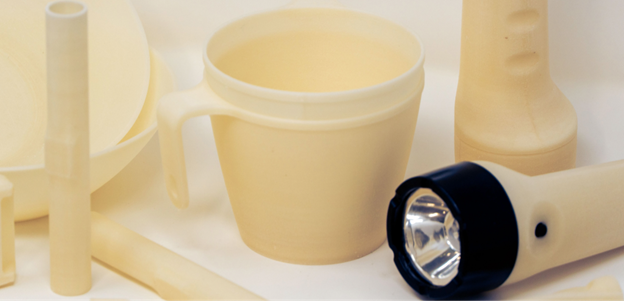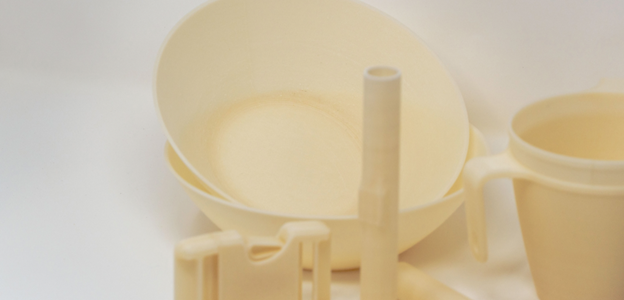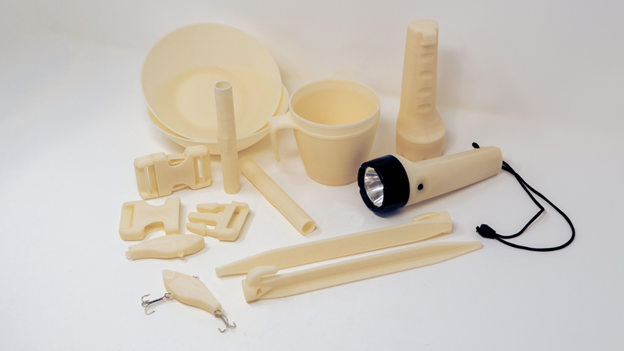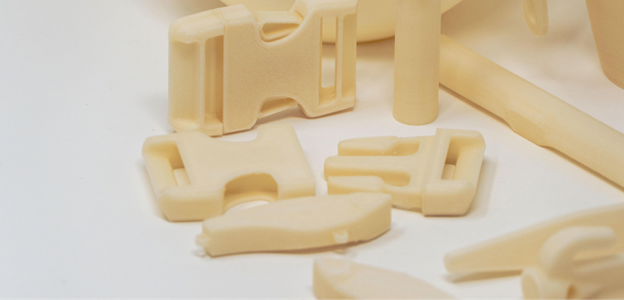What would it take to reduce plastic waste and replace it with natural materials that have a better sustainability profile? That’s one of the questions researchers at Cotton Incorporated asked themselves before delving into a multi-year project looking at cotton’s potential within 3D printing and injection molding.
Additive manufacturing, or AM, is the process of creating an object one layer at a time and is a term applied to 3D printing, particularly when used in prototyping, though it’s now also used for spare parts, small series production, and tooling. Benefits to AM can include freedom for designers to create better performing and lower-cost products, opportunities for mass-scale customization, the potential for reduced time to market, and more. But for many 3D printed products used in this process, thermoplastics are king, often made of petroleum-based, unsustainable raw materials.
Starting back in 2016, Cotton Incorporated began working with research partners to see if cotton, a renewable and natural fiber, could have a place in the 3D printing and injection molding world. The work explored potential limitations, what form cotton would need to take, what it could be combined with, and how much could be used.
Fast forward to 2022 and Cotton Incorporated has successfully created an inspirational collection of items commonly used in the outdoor space using a cotton and polylactic acid (PLA) 3D filament, an ode to the same great outdoors that cotton finds its own beginnings. While research is ongoing with these cotton products, PLA itself also boasts a positive sustainability profile that is biodegradable and typically made from the sugars derived from corn starch, cassava, or sugarcane.
Just as the outdoor industry encourages participants to leave no trace, this collection aims to support that concept with material from the earth that can also return to earth. The exploratory outdoor collection includes a tent stake, tent pole splint, flashlight housing, fishing lure, mug, bowl, and buckle.





While the overall cotton content does not exceed 5% in this initial collection, it demonstrates the potential for natural, biodegradable materials like cotton to take on the plastics problem in more than just apparel.
What’s Next?
Cotton Incorporated and the cotton industry are committed to a sustainable future, including ongoing research in this space to increase the amount of cotton content in the 3D printing filament and other plastic products that could potentially be replaced with biodegradable materials.